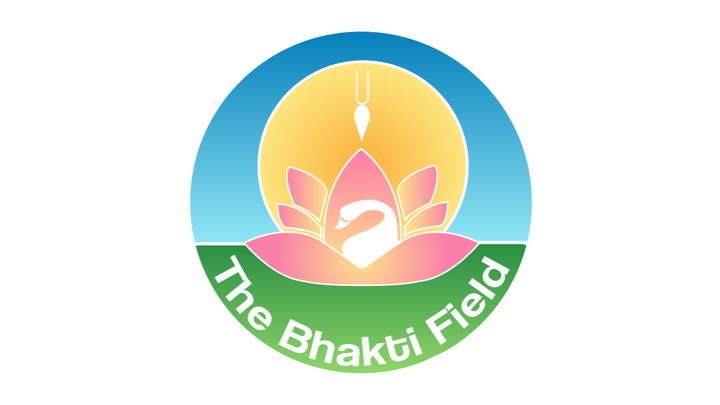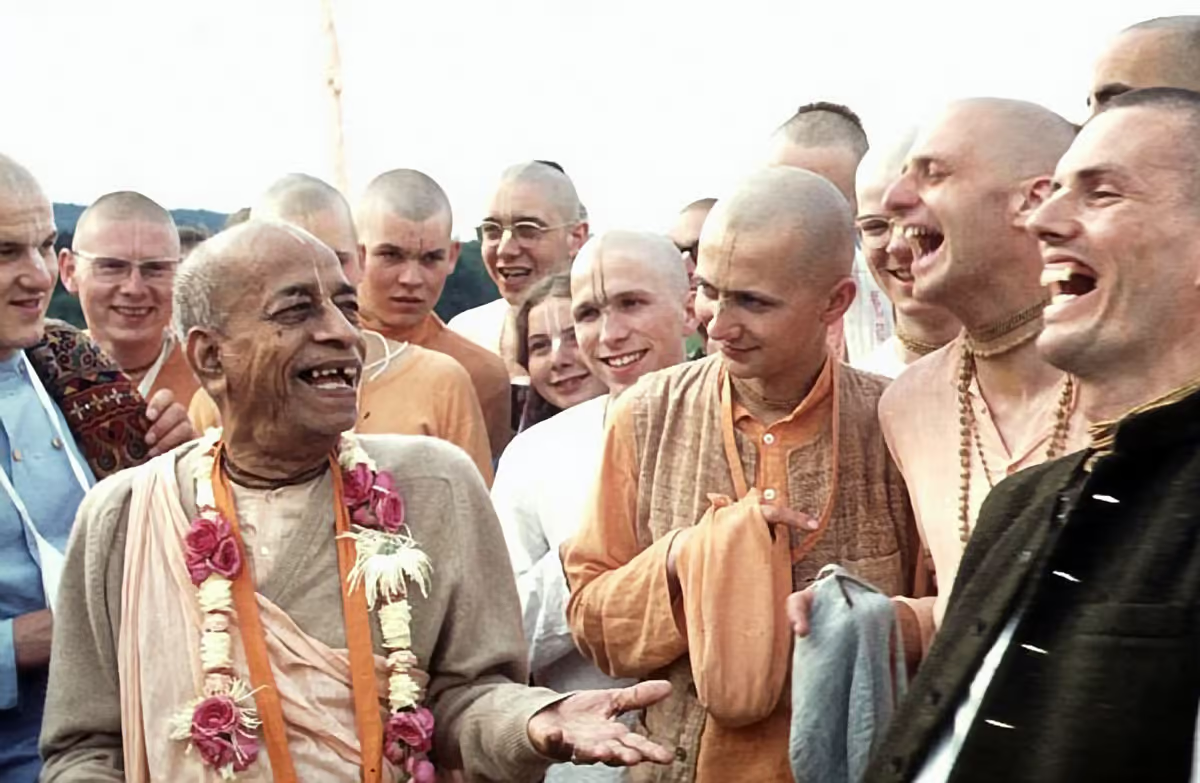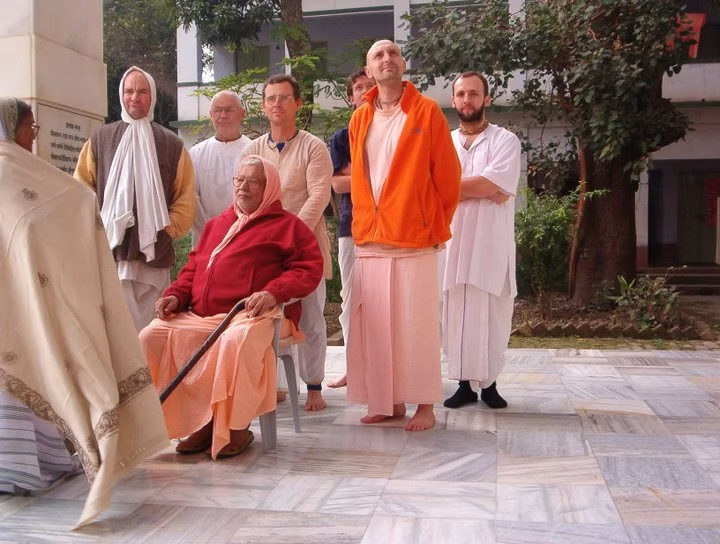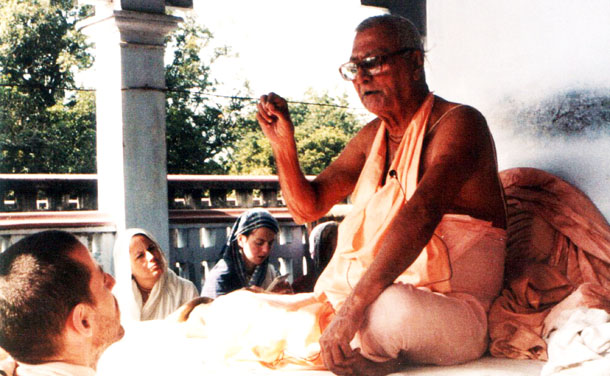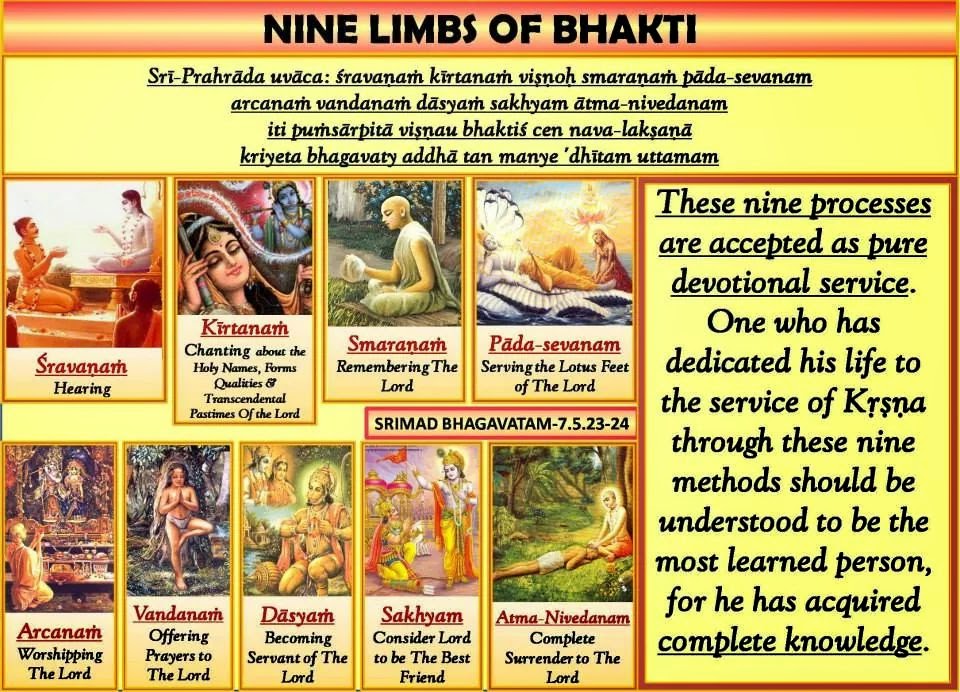The Yoga of Love and Devotion
Bhakti Yoga is the eternal spiritual practice of awakening our natural love for the Divine and all living beings. It is the process of reconnecting with our true spiritual nature through devotion, service, and loving remembrance of God. The prospect of aspiring to achieve the best version of ourselves based on Vedic teachings in modern contemporary times. Bhakti Yoga translates to mean Union or Devotion to God. It is the path, process and science of how to attain complete, and eternal fulfilment.
The Essence of Bhakti
Unlike other yoga systems that may focus on physical postures or meditation techniques, Bhakti Yoga emphasizes the cultivation of a personal, loving relationship with the Supreme (Krishna) as both the means and the ultimate goal. It is considered the most direct and natural path to spiritual realization in this age, as it engages the body and soul. The potential of Bhakti is dormant within us all, as we are intrinsically transcendental, unlimited spiritual beings with inconceivable potential.
"Always think of Me, become My devotee, worship Me and offer your homage unto Me. Thus you will come to Me without fail. I promise you this because you are My very dear friend."
- Bhagavad-gita 18.65
